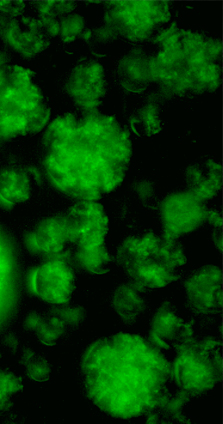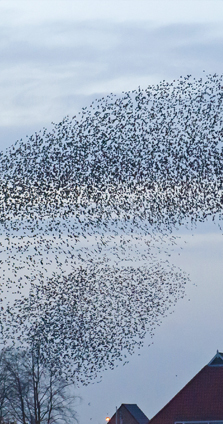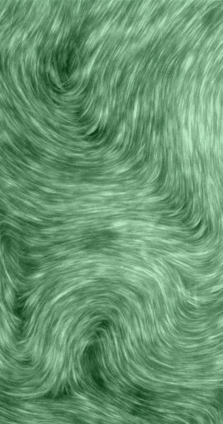In the XIX and XX centuries, the emergence of thermodynamics and statistical mechanics was vital in the technological advances of the Industrial Revolution and generated many devices like integrated circuits, solar panels, or LCD screens. This development was possible because these theories allowed scientists to describe and predict the processes and properties of matter in thermal equilibrium. It was also possible to describe the processes slightly out of equilibrium, like the electrical and thermal conductivity and spread.
However, in nature, we can find the existence of matter out of equilibrium, for which thermodynamics tools and statistical mechanics have no use.
Although during the last 20 years there has been major progress in the study of the out of equilibrium systems, there is still no theory able to understand or predict all its processes, so they have become the new focus of interest of physics.
The great paradigm of these out of equilibrium systems is the active matter.





